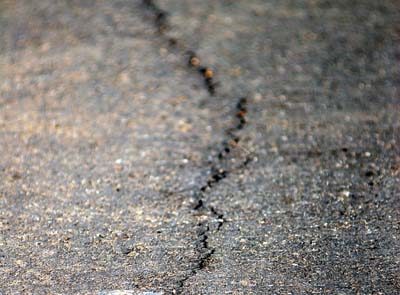
A seismologist who has monitored the recent string of
magnitude-3.0 or higher earthquakes in the area told the Free Lance
it is
”
episodic but pretty typical behavior
”
and said the trend
”
doesn’t mean anything
”
about a potential for major tremblers.
HOLLISTER
A seismologist who has monitored the recent string of magnitude-3.0 or higher earthquakes in the area told the Free Lance it is “episodic but pretty typical behavior” and said the trend “doesn’t mean anything” about a potential for major tremblers.
There have been nine earthquakes of at least magnitude-3.0 since Jan. 13 – including one at 3.8 and three that were magnitude-3.7, according to the U.S. Geological Survey Web site. None of the recent temblors have caused any reported damage.
The epicenter generally has been about seven miles south of Tres Pinos near Paicines.
David Oppenheimer, a seismologist with the USGS in Menlo Park, said the agency has been tracking earthquakes on the San Andreas Fault since 1970 and he pointed out there have been 328 since that time surpassing magnitude-3.0.
“It’s episodic but pretty typical behavior,” Oppenheimer said. “It’s quite active in any given year.”
Oppenheimer explained how locked patches create relatively high friction and that creeping faults overcome them and cause the minor temblors.
“It doesn’t mean anything in terms of future earthquakes, except one can say there will probably be more earthquakes over magnitude-3.0 because that’s what we’ve seen.”









